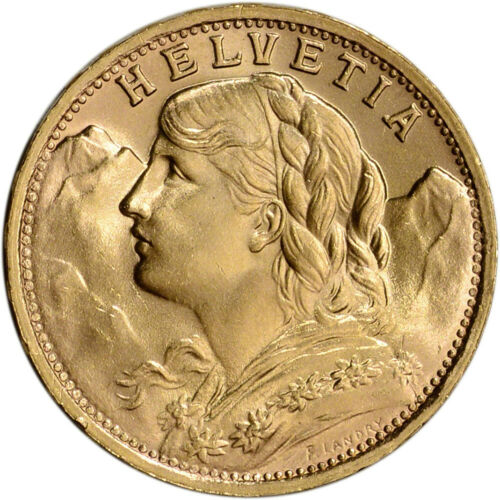-40%
1888 Swiss-Austria Conflict 1388 Battle of Naefels Silver Commemorative Medal
$ 103.48
- Description
- Size Guide
Description
This Ca 1900 46mm MedalACKNOWLEDGES
The 500th Anniversary of the Swiss-Austria Conflict ~ 1388 Battle of Naefels.
This medal recognized in the Swiss Medallion guide as
SM-107
This is
NICE CONDITION WITH LIGHT HAIRLINES FROM NORMAL HANDLING AND MEDIUM PATINA CONSISTENT WITH AGE.
This
From Wikipedia, the free encyclopedia
The Battle of Näfels was fought on 9 April 1388 between Glarus with its allies the Old Swiss Confederation, and the Habsburgs. It was a decisive Glarner victory despite being outnumbered sixteen to one.
The Battle of Näfels was the last battle of the Swiss-Austrian conflicts that stretched through most of the 14th Century. A few weeks after the Battle of Sempach on 9 July 1386, the Old Swiss Confederation attacked and besieged the Habsburg village of Weesen on the Walensee. The following year, Glarus rose up against the Habsburgs and destroyed Burg Windegg. Then, on 11 March 1387, the valley council declared itself free of Habsburg control.
In response, on the night of 21–22 February 1388, an Austrian army attacked the village of Weesen and drove off the Swiss forces. In the beginning of April, two Austrian armies marched out to cut off Glarus from the rest of the Confederation. The main army, with about 5,000 men, marched toward Näfels under the command of the Graf Donat von Toggenburg and the Knight Peter von Thorberg. A second column, with about 1,500 men under the command of Graf Hans von Werdenberg-Sargans, marched over the Kerenzerberg Pass.
On 9 April 1388 the main army, under Toggenburg and Thorberg, attacked and captured the wall across the valley (Letzi) around Näfels. The garrison, comprising about 400 Glarner troops and a few dozen troops from both Schwyz and Uri, held out for a short time, but was forced to withdraw into the hills. As they retired, the Austrian army spread out to plunder the villages and farms. The Glarners now emerged from the snow and fog to take the Austrians by surprise as they were preoccupied with looting.
Following a brief battle, the disorganized Austrians broke and fled toward Weesen, but the collapse of the bridge over the Maag or Weeser Linth dropped much of their army into the river where they drowned. Seeing the destruction of the main column, Werdenberg-Sargans' army retreated to the village of Beglingen (now in the municipality of Mollis). The Glarner and Confederation army had about 54 men killed, who were buried at the parish church of Mollis. Habsburg losses are less well known, though are estimated to be between several hundred killed and 1,700. On 29 November 1389, the Abbot Bilgeri had about 180 bodies moved from the battlefield and reburied at Rüti Abbey in the choir of the present Rüti Reformed Church.
In 1389, a seven-years' peace was signed at Vienna, leaving the Confederation in undisputed possession of all the territory it had acquired in the recent war. In the same year, the first Näfelser Fahrt, a pilgrimage to the site of the battle was held. This pilgrimage, which still occurs, happens on the first Thursday in April and is in memory of the battle. The pilgrimage played an important role in the creation of the unified canton of Glarus.
Thanks for looking and
GOOD LUCK!










